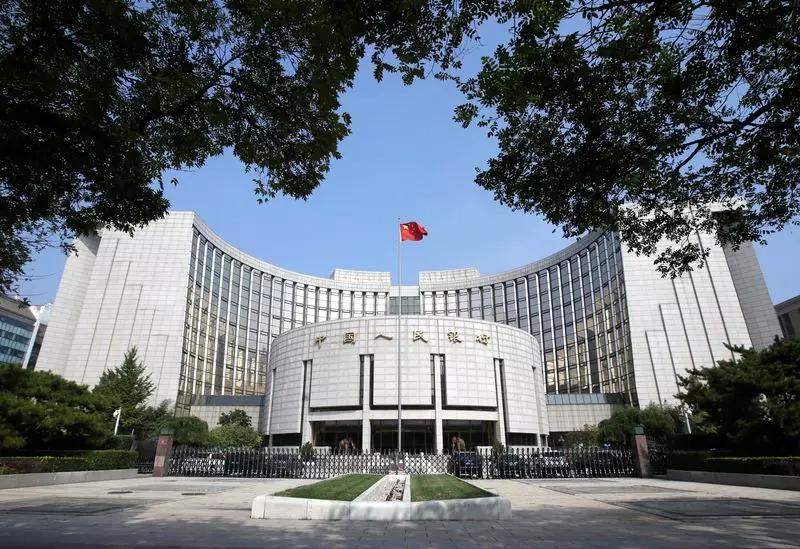China’s economy has found itself in turbulent waters recently, as evidence mounts of a decelerating growth trajectory. The combination of unexpected economic data releases and relatively aggressive monetary policy actions from central banks abroad, notably the U.S. Federal Reserve, has placed renewed pressure on Chinese policymakers to adapt their strategies. Anticipation is high among analysts and market participants that China’s central bank, the People’s Bank of China (PBOC), will announce a reduction in its loan prime rates (LPR) — a move that reflects both external pressures and the country’s own economic needs.
The Federal Reserve’s recent decision to initiate a more dovish monetary stance has created a window of opportunity for the PBOC. The substantial half-percentage-point interest rate cut adopted by the Fed has eased some of the apprehensions regarding a steep decline of the yuan, a currency that has experienced significant volatility in recent years. As the United States adjusts its monetary policy, China appears to have the breathing room necessary to reconsider its own interest rates. The majority of analysts, as highlighted in a recent Reuters survey, believe that this convergence of circumstances will lead to a parallel reduction in China’s LPR.
The sentiment among financial observers is largely leaning towards anticipation of a rate cut, with 69% of those surveyed predicting reductions in both the one-year and five-year LPRs. This overwhelming expectation reflects a broader desire for economic stimulus as market indicators have pointed to an adverse shift prior to this potential policy change. Additional considerations include the central bank’s recent proactive measures, such as its surprising cuts in major interest rates earlier in July, aimed at fostering an environment conducive to economic growth.
Faltering economic indicators from August painted a dismal picture, with figures pertaining to credit lending and other critical metrics falling short of expectations. This disappointing performance has intensified calls for stimulus measures aimed at revitalizing the economic engine of the country. Analysts worldwide have begun recalibrating their growth forecasts for China, with many predicting figures below the government’s aspirational target of around 5%. These sentiments underscore an urgent need for policy intervention and suggest that any anticipatory actions from the PBOC could play a vital role in stabilizing the domestic economy.
The Chinese government holds paramount the objectives of sustaining growth and ensuring stability. President Xi Jinping’s recent admonitions to optimize economic strategies and meet development goals reflect the urgency of the situation. With a backdrop of faltering global dynamics and internal economic challenges, the PBOC’s forthcoming decisions—particularly regarding interest rates—will be pivotal not only for China but for broader global economic interactions. As markets keenly watch the steps taken by the PBOC, the potential rate adjustments may serve as crucial catalysts for economic rejuvenation within the country.

